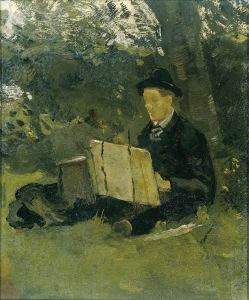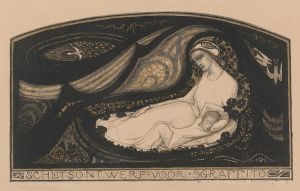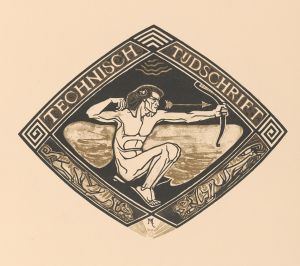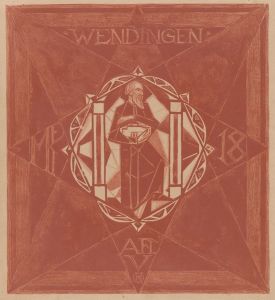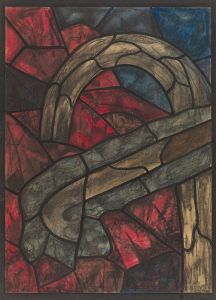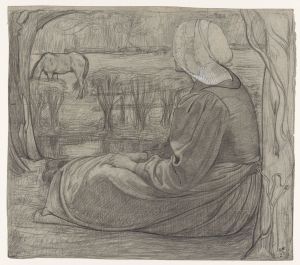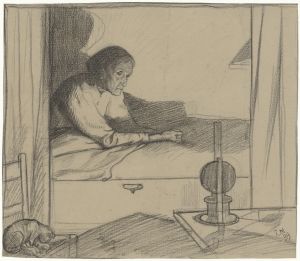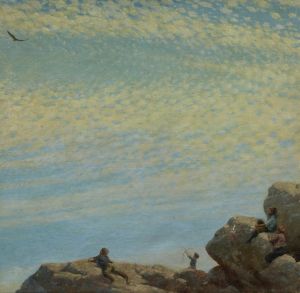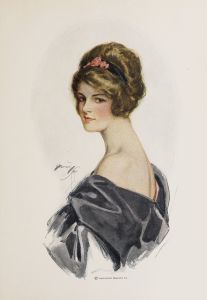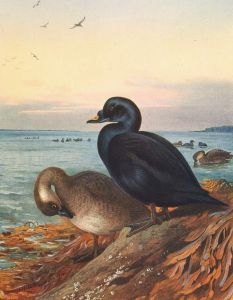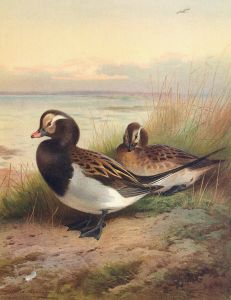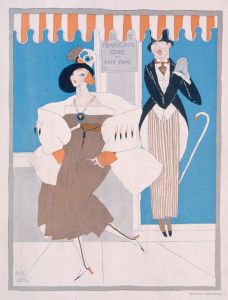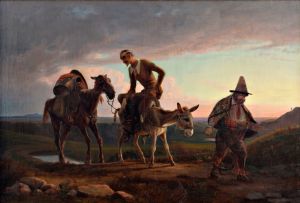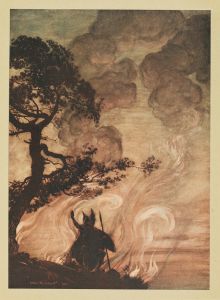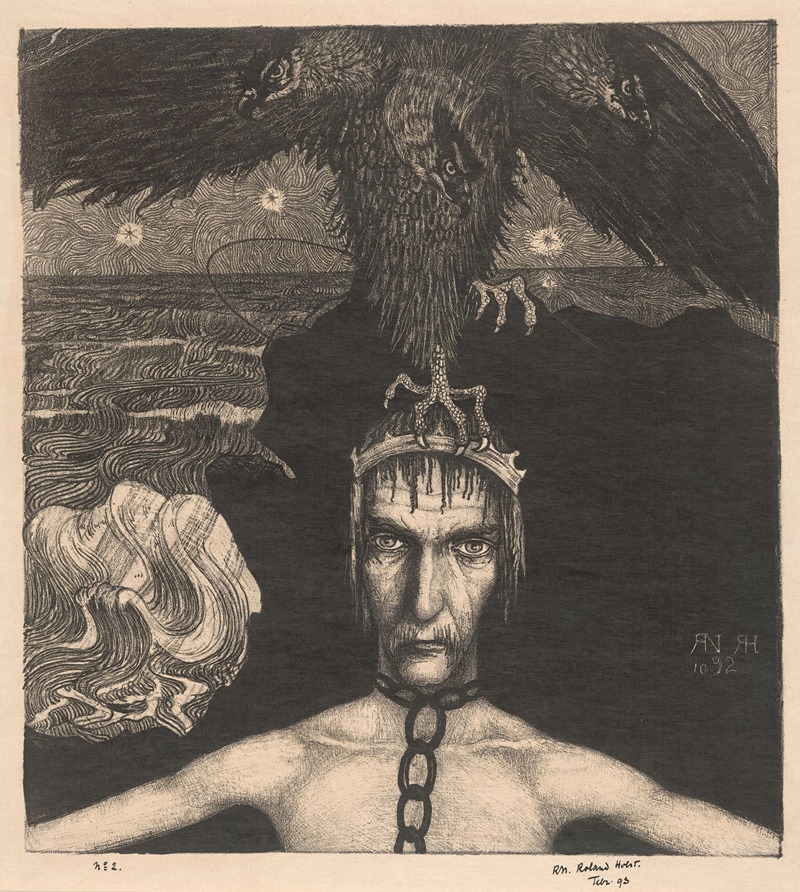
Geketende man met driekoppige roofvogel op het hoofd
A hand-painted replica of Richard Nicolaüs Roland Holst’s masterpiece Geketende man met driekoppige roofvogel op het hoofd, meticulously crafted by professional artists to capture the true essence of the original. Each piece is created with museum-quality canvas and rare mineral pigments, carefully painted by experienced artists with delicate brushstrokes and rich, layered colors to perfectly recreate the texture of the original artwork. Unlike machine-printed reproductions, this hand-painted version brings the painting to life, infused with the artist’s emotions and skill in every stroke. Whether for personal collection or home decoration, it instantly elevates the artistic atmosphere of any space.
Richard Nicolaüs Roland Holst was a prominent Dutch artist known for his contributions to the Symbolist movement in the late 19th and early 20th centuries. His work often explored themes of mysticism, mythology, and the human condition, characterized by a distinctive style that combined elements of Art Nouveau and Symbolism. One of his intriguing works is "Geketende man met driekoppige roofvogel op het hoofd," which translates to "Chained Man with Three-Headed Bird of Prey on the Head."
This artwork, like many of Holst's pieces, reflects his interest in allegorical and symbolic imagery. The painting features a man who is depicted as being chained, with a three-headed bird of prey perched on his head. The imagery is rich with potential interpretations, often seen as a representation of the struggles of the human spirit, the constraints of society, or the multifaceted nature of human consciousness. The three-headed bird could symbolize various aspects of the psyche or different forces that influence human behavior and thought.
Holst's use of a chained figure suggests themes of restriction and limitation, possibly commenting on the societal or personal constraints faced by individuals. The presence of the bird, a creature typically associated with freedom and perspective, juxtaposed with its predatory nature and multiplicity of heads, adds complexity to the interpretation. It could imply a conflict between the desire for liberation and the oppressive forces that bind individuals.
The style of the painting is consistent with Holst's other works, featuring fluid lines and a harmonious composition that draws the viewer into its symbolic narrative. His use of color and form is deliberate, often employing a muted palette that enhances the contemplative and introspective nature of the subject matter.
Richard Nicolaüs Roland Holst was not only a painter but also an influential figure in the Dutch art scene, contributing to the development of modern art in the Netherlands. He was associated with the Amsterdamse Joffers, a group of artists who were instrumental in the Dutch Art Nouveau movement. Holst's work was deeply influenced by his philosophical beliefs and his interest in theosophy, which often informed the symbolic content of his art.
While specific details about the creation and exhibition history of "Geketende man met driekoppige roofvogel op het hoofd" are not extensively documented, the painting remains an example of Holst's ability to convey complex ideas through visual symbolism. His work continues to be studied for its artistic merit and its exploration of themes that resonate with universal human experiences.
Overall, Richard Nicolaüs Roland Holst's "Geketende man met driekoppige roofvogel op het hoofd" exemplifies his skill in merging artistic technique with profound thematic content, making it a significant piece within his oeuvre and within the broader context of Symbolist art.





